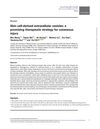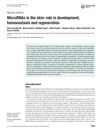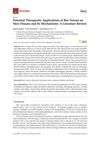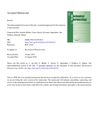Role of Boundary Conditions in an Experimental Model of Epithelial Wound Healing
January 2007
in “
The Year book of surgery
”
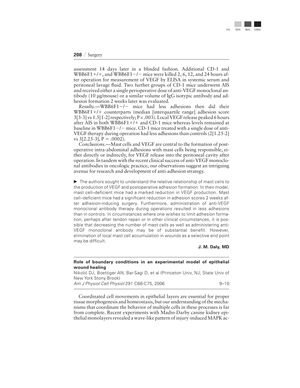
TLDR Mast cells and VEGF contribute to post-surgery adhesions, and blocking VEGF can reduce these adhesions; also, certain factors affect wound healing and fetal skin heals differently with age.
In the 2007 study, researchers investigated the role of mast cells and vascular endothelial growth factor (VEGF) in the formation of postoperative intra-abdominal adhesions. They found that mast cell-deficient mice (WBB6F1-/-) had significantly lower levels of VEGF and fewer adhesions compared to their normal counterparts (WBB6F1+/+), with adhesion scores of 1.5[1-2] versus 3[3-3] respectively (P<.003). Additionally, CD-1 mice treated with a single dose of anti-VEGF monoclonal antibody during surgery had fewer adhesions than controls (2[1.25-2] vs 3[2.25-3], P = .0002). The study suggests that mast cells are responsible for VEGF release into the peritoneal cavity after surgery and that anti-VEGF therapy could be a potential strategy for preventing adhesions. The authors also explored epithelial wound healing, noting that ERK1/2 MAPK activation and reactive oxygen species are important for coordinated cell migration and wound healing. Lastly, they developed a murine model of fetal scarless wound healing, observing that wounds in E17 fetal skin healed completely with fine reticular collagen and hair follicle regeneration, while E19 wounds healed with scar formation and no hair follicle regeneration.
